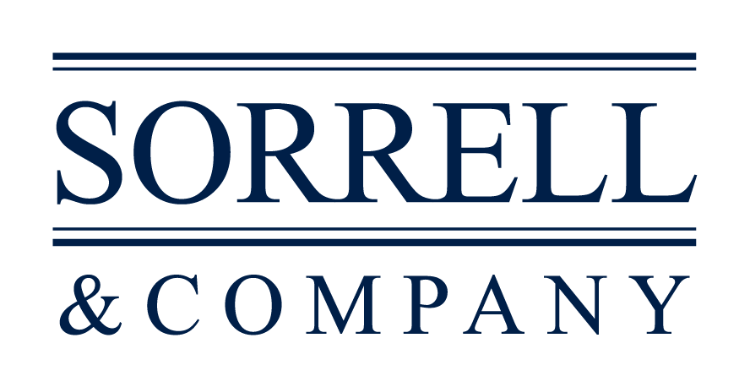Common Misconceptions about Homeowners Insurance in Central Ohio

Jim Sulayman
Homeowners insurance is often an afterthought—until it’s desperately needed. By the time a tree has fallen through your roof or your basement is flooded, it’s too late to rethink the assumptions you had about insurance coverage. There are many myths circulating about homeowners insurance. Here’s what you need to know to make informed decisions about protecting your home in Central Ohio.
Myth #1: Homeowners Insurance Covers Everything
One common belief is that homeowners insurance covers all types of damage. While many policies offer broad protection, they do have exclusions. Standard policies typically don’t cover:
- Flood damage. Homeowners in Central Ohio should consider a separate flood insurance policy through the National Flood Insurance Program (NFIP) or private insurers.
- Earthquake damage. This coverage is usually available as an add-on or a separate policy.
- General wear and tear or maintenance issues. Insurance is meant for sudden and accidental damage, not for issues that develop over time due to neglect or age.
- Sewer backups. Standard policies generally do not cover sewer or drain backups, but many insurers offer a rider for additional protection.
It’s important to read your policy and understand the details of what’s covered and what’s not.
Myth #2: My Home is Insured for Its Market Value
Many homeowners in Central Ohio assume that their insurance should match their home’s market value. In reality, insurance is based on the cost to rebuild, not the resale value. Market value includes land and location considerations, while replacement cost focuses on the materials and labor needed to reconstruct the home as it was. Given fluctuating construction costs, make sure to review your policy regularly to ensure you have adequate coverage.
Myth #3: If Someone Gets Hurt on My Property, It’s Always Covered
Liability coverage does protect you if someone is injured on your property, but there are exceptions. If the injury is due to negligence—like ignoring a rotting deck railing—you could still be sued for damages beyond your policy limits. Also, if you run a business from home and a client gets injured, your standard policy may not cover it.
Myth #4: My Policy Covers My Valuables Fully
Most homeowners policies have coverage limits for valuables like jewelry, artwork, collectibles, high-end electronics, and firearms. This means that if a valuable item is lost, stolen, or damaged, your standard policy might only reimburse a fraction of its worth.
If you own high-value items that exceed these limits, consider adding a scheduled personal property endorsement or rider to insure them for their full appraised value. This provides broader protection, including coverage for accidental loss or damage that standard policies often exclude. It’s wise to periodically review your policy, get professional appraisals for valuable items, and keep an updated inventory.
Myth #5: I Don’t Need Additional Insurance Because I Work from Home
With more people working remotely, many homeowners believe their standard insurance fully covers work-related equipment and activities. This is a misunderstanding. While a standard homeowners policy may offer limited coverage for business property, it often has restrictions on the value of work equipment it will reimburse and may not cover items owned by your employer.
Key coverage gaps include:
- Limited coverage for work equipment. Your policy may only reimburse up to a certain amount and might not cover employer-owned equipment at all.
- No business liability protection. If a client, customer, or delivery person is injured on your property, you could be personally responsible.
- Business inventory may not be covered. If you store products or materials at home, your standard policy likely won’t protect against theft, fire, or other damage.
To ensure full coverage, consider the following:
- Home-based business policy. Provides broader protection for business property and liability.
- Business property endorsement. Increases coverage limits for work-related equipment.
- Commercial liability coverage. Protects against lawsuits if someone is injured while visiting for business purposes.
If you work from home, check with your insurer to ensure you have the right coverage before an unexpected loss occurs.
Myth #6: Homeowners Insurance Covers Mold and Termite Damage
Mold and pest damage are generally considered preventable maintenance issues, not sudden and accidental damage. Therefore, most policies don’t cover them. If mold results from a covered peril—such as water damage from a burst pipe—your policy may help pay for remediation. But if the mold is due to long-term humidity or leaks that weren’t addressed, you’re likely on your own.
Myth #7: If My Neighbor’s Tree Falls on My House, They Pay for It
This one surprises a lot of people. Typically, your insurance covers damage to your property, regardless of where the tree came from. If your neighbor was negligent—like if they knew the tree was dead and did nothing about it—you might be able to file a claim with their insurance or take legal action.
Myth #8: Filing a Claim Always Leads to Higher Premiums
This isn’t necessarily true. Insurance companies consider many factors when adjusting rates, including your claims history, the type of claim, and your location. A single small claim may not impact your premium much, but frequent claims or a history of high payouts could raise your rates. It’s important to weigh the cost of repairs against your deductible before filing.
Final Thoughts
Homeowners insurance is an essential safeguard, but it’s not a one-size-fits-all policy. Understanding what’s covered and what isn't can help you avoid costly surprises down the road. If you’re unsure about your coverage, sit down with your insurance agent to review your policy and ensure you have the right protection in place.
Have questions about homeowners insurance and how it affects your real estate decisions in Central Ohio? Let’s chat.
Thinking about selling your home?
Get in touch. We'll guide you through every step of the process to ensure a smooth transaction that meets your goals.



